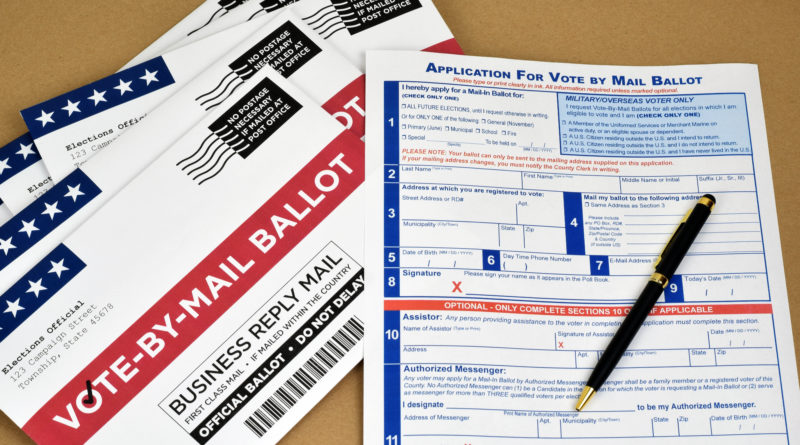How to Get Your Mail-In Ballot
11,842 total views, 1 views today
Long before the coronavirus pandemic, most states allowed registered voters to receive mail-in or absentee ballots. Now, as more states have added the COVID-19 pandemic to its list of valid reasons to vote by mail, a political battle has made this voting method a central issue heading into the 2020 election.
This fall, voters in universal ballot states (ten states and the District of Columbia) will automatically receive a mail-in ballot. All voters in 33 additional states will be able to vote by mail due to COVID-19 concerns. Only in Texas, Tennessee, South Carolina, Louisiana, Mississippi, and Indiana is the COVID-19 coronavirus not an acceptable reason to vote by mail.
Additionally, those six states have restricted absentee voting to voters above a specific age cutoff, such as 60 or 65, to protect older voters who may be more susceptible to severe COVID-19 complications. Some advocates have challenged the cutoff in court as violating the 26th amendment’s prohibitions on age-based voting restrictions.
All that said, if you do live in a state where you can vote by mail and you plan to do so, you should register to vote sooner than later – even if you’re voting traditionally, in person. To register, visit your local government’s elections website. To find your local elections website, use this search tool. Search for your state and your county to find out how you can register to vote.
After you register, you need to request a mail-in ballot if your state won’t send one to you automatically. After you complete your application, your state should send you your ballot. Fill in the ballot when it arrives, and return it with as much time as possible before Election Day. If you’re submitting your ballot by mail, the United States Postal Service (USPS) recommends sending your ballot at least seven days in advance domestically.
You can also submit your ballot in person in most states — either at secure drop boxes set up specifically for mail-in ballots, municipal offices such as your county clerk’s office, or your local election board’s office. In many states, voters can also return mail-in ballots to polling places on Election Day. Another option is to take your mail-in ballot to an early voting site if one is available in your state.
There are only five states that don’t have in-person early voting. Those states are Michigan, Kentucky, Missouri, Mississippi, and South Carolina. USA.gov provides state-by-state voter information and access to each state’s election websites.
Note that, in U.S. territories beyond the 50 states such as Puerto Rico, American Samoa, Guam, the Northern Mariana Islands, and the Virgin Islands, U.S. citizens or U.S. nationals can vote in congressional elections and presidential primaries but not presidential elections. Often, people who have been convicted of a felony can’t vote for several years or, in some cases, ever. In some states, people with intellectual disabilities can get assistance with voting due to the difficulty they may face. People who are homeless may have difficulties voting as well, but they too may submit ballots.
According to the US Election Assistance Commission, the proportion of Americans electing to vote from home instead of in-person, either early or on Election Day, has risen from 12 percent in 2004 to over 23 percent in 2016. Given the historical increase in mail-in ballots and the dangers of in-person voting during a pandemic, mail-in voting levels may reach historical highs this year. With this guide to getting your mail-in ballot, you should be all set to vote from the safety of your own home.

